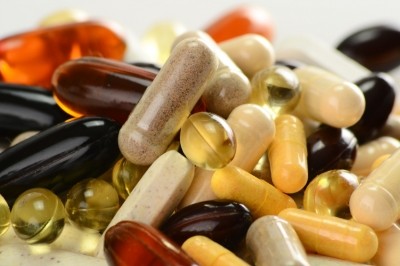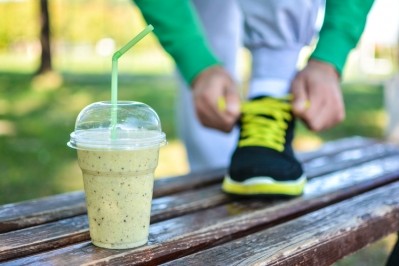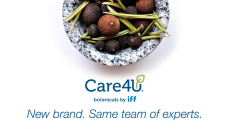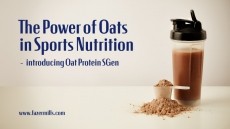Protein-antioxidant combo proves effective in post-exercise recovery
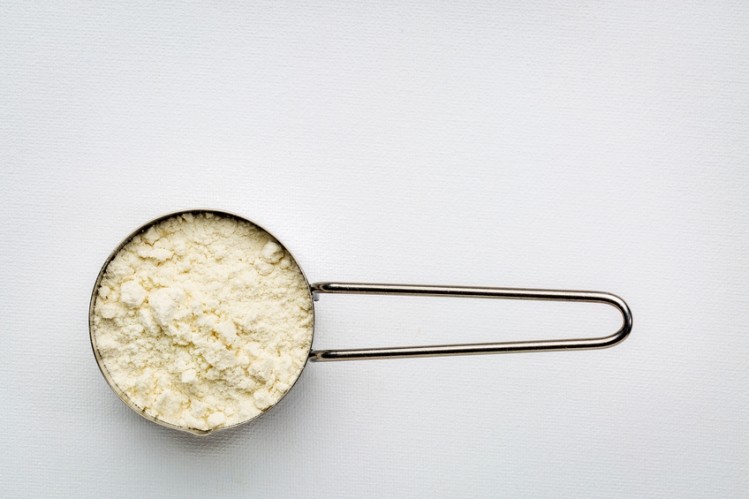
Study findings that look at the 24-hour period following strenuous exercise found combined protein and antioxidant supplementation (PRO + AO) tended to better aid recovery.
Subjects were also better able to maintain constant muscle force as the study found less perceived soreness over time compared to protein alone (PRO) or a carbohydrate (CHO) control.
“A combined protein antioxidant supplement is likely beneficial in the recovery from eccentric exercise,” said the research team based at Skidmore College in New York.
“The findings may be relevant for novice exercisers or in athletic or occupational scenarios where a repeated bout is required before full recovery is allowed.”
The current study adds to the growing body of evidence supporting the benefits of not only ingesting protein following high intensity exercise but the effects of a PRO + AO supplement.
Athletic activities such as CrossFit, wrestling, powerlifting and tennis, or occupational activities seen in the military or firefighting duties involve high intensity and/or eccentric muscle contractions.
This is combined with repeated bouts of exercise within a 24-h period, with as little as 0–6 h between efforts, or on succeeding days.
In response to mechanical damage, muscle fibres release pro-inflammatory substances that aid in repairing the damaged tissue.
Though antioxidant supplementation is unlikely to change this response, several studies have demonstrated the efficacy of anthocyanin-rich supplements, in reducing the decline in muscle strength due to exercise-induced muscle damage.
Similarly, post-exercise supplementation with a whey protein supplement has been shown to enhance recovery of muscle function within 24 h of eccentric exercise in untrained individuals.
This enhanced recovery is likely due to elevated levels of free amino acids in the blood leading to increased protein synthesis and attenuated protein breakdown.
Study details
Led by Dr Stephen Ives, assistant professor for Health and Exercise Sciences Department at Skidmore college, the research team enrolled 60 relatively sedentary but otherwise healthy male students, aged 18–30.
Subjects totalling 20 were asked to consume 250 millilitres (ml) of sugar flavoured water (31 grams (g) of Country Time Berry Lemonade, H.J. Heinz Company Brands) as part of the CHO control group.
Another 20 subjects were asked to 250 ml of water containing 31 g of whey protein hydrolysate (Progenex Recovery (Glanbia Thermax 690) and non-caloric berry flavoured powder (Raspberry Lemonade, Crystal Light; Kraft Heinz Company). This was the PRO group.
The final 20 subjects consumed a mix of protein and antioxidants (water containing 31 g of whey protein hydrolysate and powdered antioxidants (PRO + AO) (Milk Specialties, MSG 9503, Eden Prairie; 100 mg berry extract, OptiBerry, InterHealth – Lonza).
Assessments of peak isokinetic torque (PIKT) and peak isometric torque (PIMT) of the knee extensor muscles of the right leg, as well as perceived muscle soreness (MS) were noted before the exercise took place (ECC) and at 1, 2, 6, and 24 h post-ECC.
On the first day of testing, following these baseline measures, subjects performed 100 maximal eccentric contractions (ECCs) of the knee extensors of the right leg.
Those who didn’t exhibit a value equal to or more than 10% decline in peak isometric torque at the 0 h measure, immediately after the ECC, were excluded from the study.
Baseline results from those completing the study (CHO - 14, PRO - 16, or PRO + AO - 17) noted that muscle soreness (MS), thigh circumference (TC), muscle function (MF), macro- and micro-nutrient intakes, and total work during the ECC were no different between each group.
However, PIMT and PIKT (both −25%), TC (approx. 1%) and MS (approx. 35%) all changed with time.
“We observed a group by time effect for PIKT, with PRO + AO and PRO exhibiting a greater change compared to CHO alone,” the team noted.
“At 24 h post ECC, there was a trend towards improved relative PIMT (approx. 11%) and PIKT (approx. 17%) for PRO + AO (approx. 17%) and PRO (approx. 11%) compared to CHO.
“An interaction indicated PRO + AO had lowest MS over time with PRO + AO proving the most effective compared to PRO & CHO.”
Speculating mechs of action
The results regarding muscle function were of particular interest as the present study suggested protein supplementation following ECC did improve recovery of dynamic muscle function.
However, the team thought it unlikely that dynamic muscle function returned to baseline levels within an acute period (less than 48 h), independent of supplementation.
In the use of an anthocyanin extract from mixed berries, the team commented that they found no synergistic effect of supplementing with both protein and antioxidants, or the antioxidant offered no obvious additional benefit beyond that of protein alone.
This contrasted previous studies, in which the use of either a berry or fruit derived antioxidant supplement demonstrated an interaction between groups with no clear direction of improved muscle function or show enhanced recovery of muscle function with a pre-loading period prior to ECC.
Regarding muscle soreness, the team demonstrated that “only protein and antioxidant supplementation (PRO + AO) favourably impacts perceived muscle soreness (via visual analog scales) for both weighted and unweighted conditions.”
“While there was a significant time effect for increased thigh circumference indicative of swelling and localized inflammatory responses, no group or group by time effects were found.”
Although the precise mechanism(s) for reduced muscle soreness is unknown, the researchers speculated a relation to high leucine or essential amino acid content within whey protein, antioxidant potential to reduce muscle soreness following ECC exercise, or the bioactive range present within the various forms of whey protein as having primary influences.
Source: Journal of the International Society of Sports Nutrition
Published online ahead of print: DOI: 10.1186/s12970-017-0179-6
“Effects of a combined protein and antioxidant supplement on recovery of muscle function and soreness following eccentric exercise.”
Authors: Stephen Ives et al.
